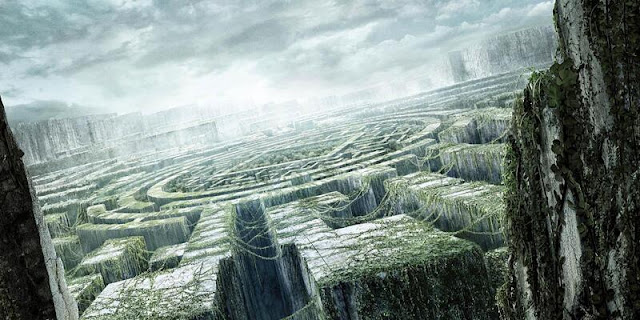Where Is the Haunted House in 'The Others'?
 |
| Here's a twist you might not have seen coming: 'The Others' (above via Miramax) was not filmed in the Channel Islands but in Cantabria, Spain (below via Daniel Muñoz) |
So y'all wanted a twist, eh? Come on, "The Others," let's get sickening!
Pardon the "Drag Race" reference. We couldn’t resist while talking about this 2001 film, which—alongside "The Sixth Sense"—delivers one of the most unforgettable twist endings in horror cinema.
But "The Others" didn't just emerge from a vacuum, Laganja-style. It stands on the shoulders of giants, namely Henry James’ gothic novella "The Turn of the Screw" and its haunting 1961 film adaptation "The Innocents," which are some of writer-director-composer Alejandro Amenábar's favorite works. (Yes, he also scored the film.)
"What I tried to do was a film with some kind of classical essence and trying to bring back all these horror values from horror pictures from the past," he said in a film featurette.
Amenábar was inspired to write the film after a childhood séance in Chile that left a lasting impression on him. His family fled to Spain just days before Augusto Pinochet’s 1973 coup, and those juvenile fears somehow crept their way into his work.
“My childhood was beset by fears—fear of the dark, fear of half-open doors, fear of closets, and, generally speaking, fear of anything that could conceal someone or 'something,'" Amenábar tells The Criterion Collection.
Although set on the Channel Island of Jersey, "The Others" was primarily filmed in Spain, specifically the Palacio de los Hornillos in the town of Las Fraguas in Arenas de Iguña. Designed by architect Ralph Selden Wornum, the building was impressive on cam and off—a haunting specimen of Victorian neoclassical architecture miles away from Britain. The production also found its haunted houses in Penshurst Place in Kent, England, whose Lime Walk became the misty, moody backdrop for Grace’s reunion with Charles, and Oheka Castle in New York.
Decades later, "The Others" still holds up as a body of work, not merely as an homage to the gothic tales before it but as a singular work in itself. It deserves every bit of its moment in the sun...even if it's the kind of light the characters would rather avoid, okurr.





Comments